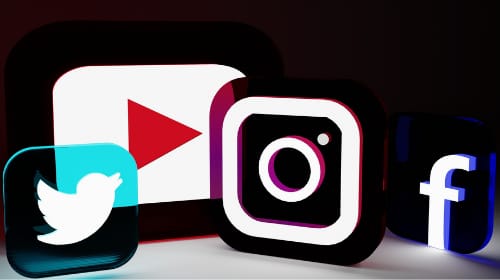The constantly evolving communications landscape requires PR professionals to stay one step ahead. The industry is always evolving, providing us with different challenges around every corner. This year has proven that true once again. The new year still holds uncertainties with a global recession looming. Only one thing is certain — traditional communications strategies won’t cut it anymore.
Across global industries, here are the top communication trends to expect in 2023:
A Demand for Authenticity
While the affinity will always remain for staple brands, like Nike, Coke, and Patagonia, the smaller brands that personify realness and transparency into who they are and what is happening with the brand will remain competitive. Whether it is a data breach or inability to ship products as quickly as they normally can due to supply chain shortages, those companies will prevail. With an impending recession on the horizon, consumers will focus on making discretionary purchases with more independence and on the rise brands whose mission, philosophy or story align with who they are as individuals.
In 2023, we will see a continued evolution from consumers wanting to follow and engage with influencers who are real and genuine. Meaning, not always hawking products, illustrating parts of their real-life vs. their Instagram life, and not displaying their lives as always picture-perfect. Whether on TikTok or BeReal, changing consumer behavior on, or towards, a social media platform could mean big news for your brand. 2022 continued to show us that consumers are deeply invested in who the influencers they follow are as people. Beyond fashion tips or new recipes, consumers want to know what their favorite influencers are driven by, the causes they care about or even their political beliefs. This means businesses must be especially careful in identifying influencers to represent their brand, making sure they are vetting beyond reach and demographics, and looking at their passions and how they connect with their followers, to ensure they are the right brand fit.
Creative Content Marketing is a Must
One challenge in 2022 has been remaining creative and relevant, without repeating what hundreds of other brands are doing. Generally, data-driven content marketing is a good strategy to lay the foundations and develop a relationship with users that will pay off over time. Brands are integrating storytelling with video content that they would use across various team functions (sales, marketing, PR) and channels (website, blog, social media channels, journalists, influencers, etc.).
In terms of content design, we previously saw a shift to focus on the home monitor that aligned with the onset of the pandemic. With remote work broadcasted through Zoom and similar platforms, UX and graphic designers shifted accordingly to ensure every asset is desktop friendly. Moving into 2023 and with many organizations bringing their employees back in the office, expect to see a shift back to focusing on ensuring mobile responsiveness.
Content and creative will not work solo, but will do so in tandem. Corporate communication will evolve alongside changing consumer needs. For brands to stand out and combat digital fatigue, there is an increased need to focus on content strategy and stronger planning for digital channels. Creativity will be needed across the board.
Data-driven Strategies
Data was already a top tool to get insights and help comms professionals build their strategies and demonstrate the ROI and value of marketing to C-suite and the rest of the organization. But we’ve seen an increase of data use over the past several years, as brands needed to monitor and analyze several situations in real-time to adjust approach and tactics. This includes analyzing brand perception, message pick-up, tone of voice, share of voice, social performance, website performance, etc.
In line with this, we’ve seen shifts toward qualitative market research in effort to gain insight around changing consumer behavior. Creative ways to gather customer data and insight emerged as a result of rapid digital transformation. Online focus groups and mobile surveys are a popular alternative in order to navigate conducting research while a majority of the world is working from home.
With the death of third-party cookies and the introduction of GA4, context will become key in 2023 and beyond as audience information becomes less available with communication technology. Conversational commerce with first party profile data will likely start to be implemented with handset manufacturers having access to the hardware that we all use. New metrics across platforms will start to emerge – as “engagement” becomes less important and “active attention” leaps to the front of the conversation. As marketers struggle to do more with less, advertisers will start to cut spends that their media investment cannot justify.
What’s the Takeaway for 2023?
Planning for the upcoming year has been difficult with the unpredictability of this past year. From budgets to content calendars, more frequent reassessments and evaluations in any area will be crucial for greater flexibility and adaptability. Resilience from brands over the past few years depended heavily on their ability to be flexible. The world’s largest brands were agile. Top performance in 2023 will require the same.
Interested in reviewing your communications strategy or getting your brand’s marketing engagement score from the year? Get in touch with our public relations agency today!



